
Do you or a loved one suffer from asthma? Running out of ways to control asthma? Here are 10 houseplants that may help.
What is the link between houseplants and asthma, you may ask. What if I told you your recovery from asthma or bronchitis may be faster with houseplants than without? This is especially true if your home is prone to housing volatile organic compounds (eg: cigarette smoke).
To understand it better, let’s take a look at what volatile organic compounds are? According to the NIH,
“Volatile organic compounds (VOCs) are compounds that easily become vapors or gases.
VOCs are released from burning fuel such as gasoline, wood, coal, or natural gas. They are also released from many consumer products:
- Cigarettes
- Solvents
- Paints and thinners
- Adhesives
- Hobby and craft supplies
- Dry cleaning fluids
- Glues
- Wood preservatives
- Cleaners and disinfectants
- Moth repellants
- Air fresheners
- Building materials and furnishings
- Copy machines and printers
- Pesticides
When VOCs combine with nitrogen oxides in the air, they form smog.”
To understand how VOCs affect our health, please click here.
A physical air filter would be effective in removing particulate matter from the air like dust particles. But when a substance easily vaporises (think gasolene), it may not get trapped by a filter’s pores and still continue to pollute the air we breathe. So how do we remove them from our indoor air? Read on to find out…
The answer is linked to our main question: So how do houseplants help asthma recovery?
Let me tell you about a study done by NASA (National Aeronautic and Space Agency), the NASA Clean Air Study: they studied houseplants and their ability to improve the air quality in space stations. They found that quite a few of them actually filtered out 5 major groups of the VOCs from the air (viz. benzene, formaldehyde, trichloroethylene, tylene and xoluene, and ammonia). Wow, can you believe that?!
The plants varied in their ability to filter VOCs: some filtered 1 major group of VOC, some others filtered 3 groups, while still others were efficient at filtering 4 and even 5 of the 5 VOC groups studied.
To get the most bang for our buck, out of the 29 or so houseplants they found beneficial, here are the ones that were effective at clearing out 4 to 5 out of the 5 VOC groups studied. The first four listed below filter all VOCs studied except ammonia. The others filter all 5 VOC groups:
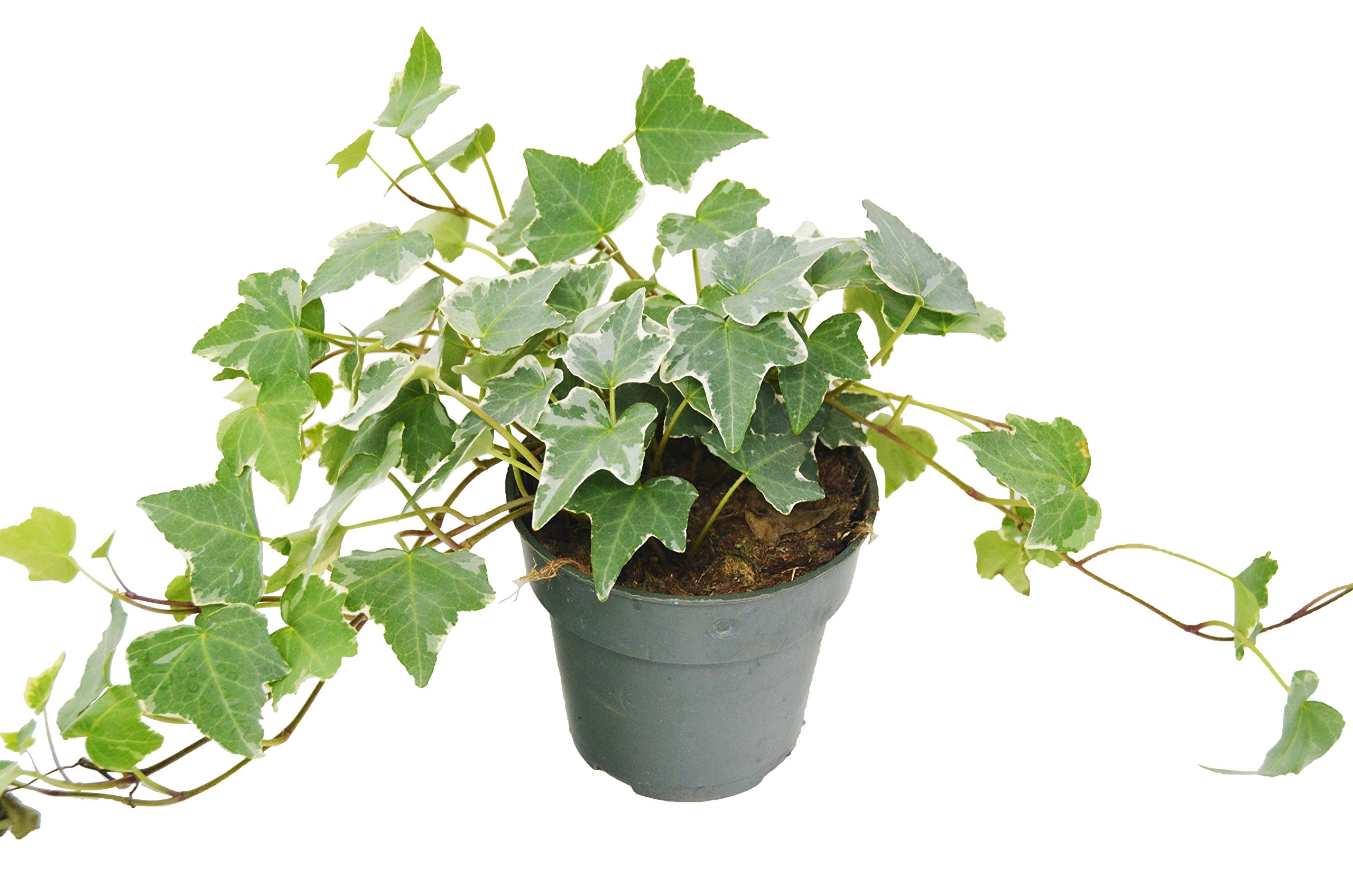 English ivy (Hedera helix): looks like it is better to put this one to use in a pot indoors than as a vine/ weed in the yard; plus you’d be amazed how pretty it looks when placed in a partially opened miniature ornamental treasure chest – when I moved to Atlanta, that was my parting gift to my soul sister who had just moved to her own apartment. By the way this plant also filters out mold (a hidden asthma trigger) and …hold your breath – even fecal particles, Ewww!!! Hello sunny bathroom window, here’s your mate!
English ivy (Hedera helix): looks like it is better to put this one to use in a pot indoors than as a vine/ weed in the yard; plus you’d be amazed how pretty it looks when placed in a partially opened miniature ornamental treasure chest – when I moved to Atlanta, that was my parting gift to my soul sister who had just moved to her own apartment. By the way this plant also filters out mold (a hidden asthma trigger) and …hold your breath – even fecal particles, Ewww!!! Hello sunny bathroom window, here’s your mate!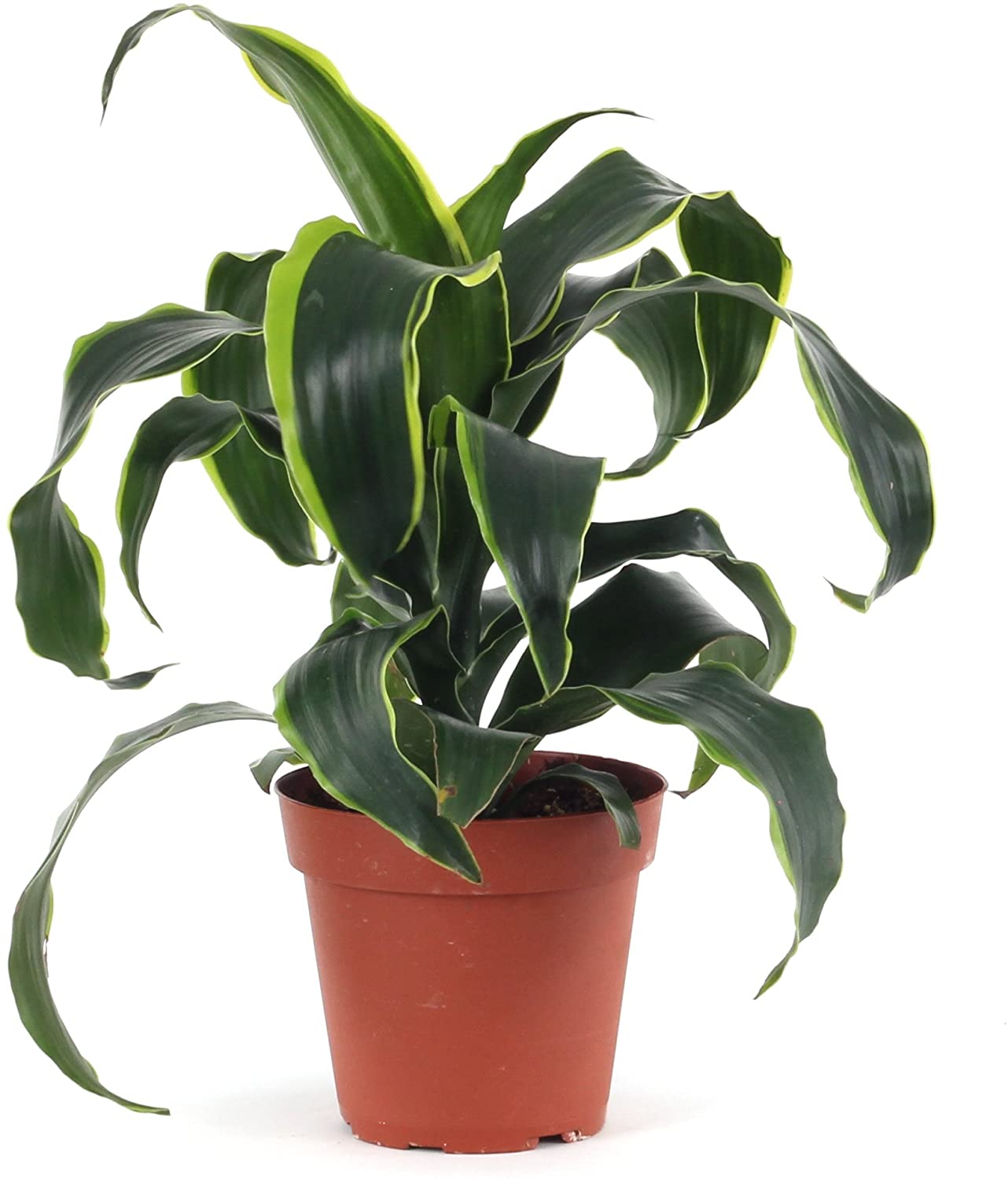 Dracaena species, especially red-edged (Dracaena marginata), cornstalk (Dracaena fragrans) and Warneckei (Dracaena deremensis) types
Dracaena species, especially red-edged (Dracaena marginata), cornstalk (Dracaena fragrans) and Warneckei (Dracaena deremensis) types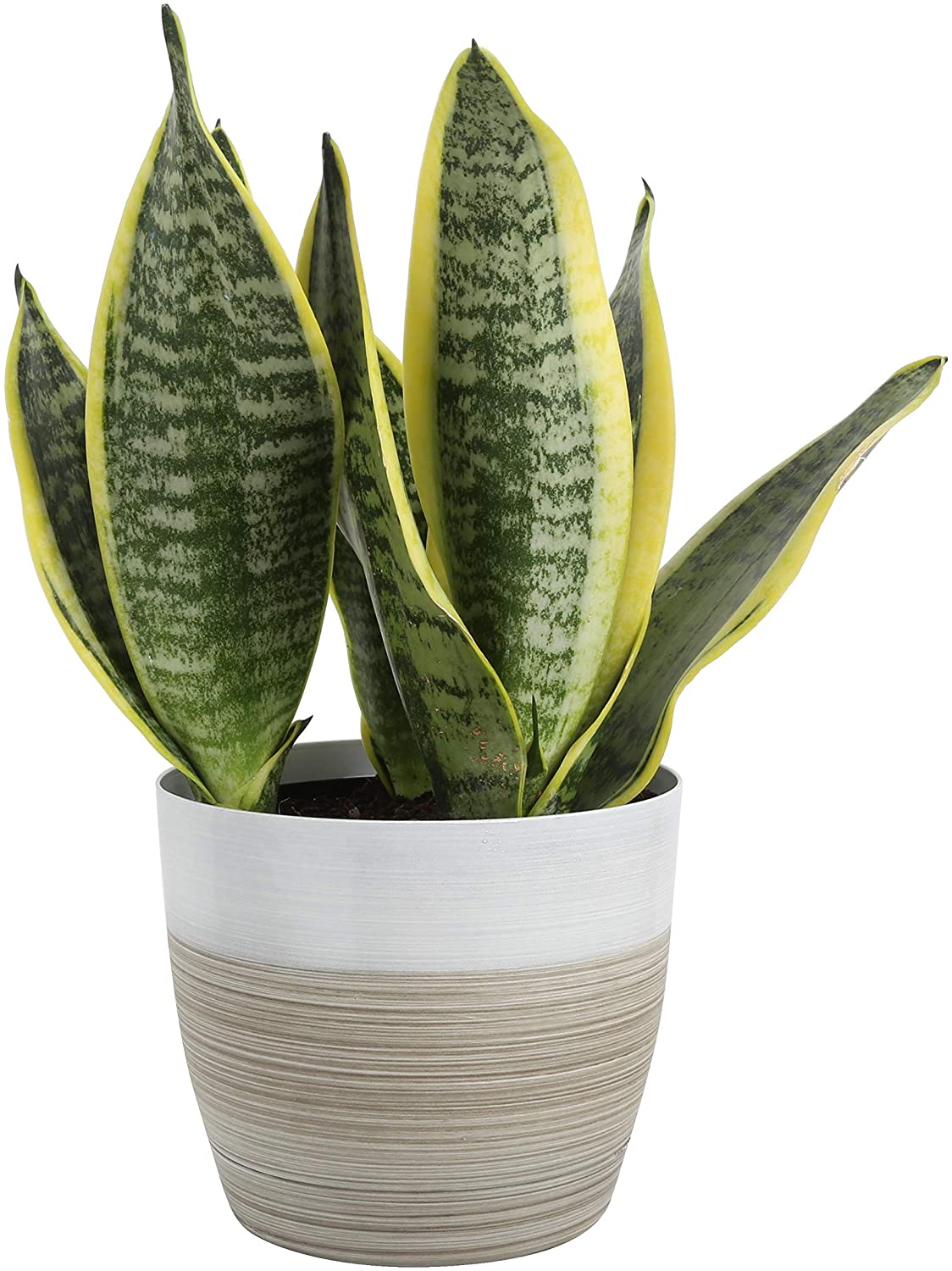 Variegated snake plant (Sansevieria trifasciata Laurentil)
Variegated snake plant (Sansevieria trifasciata Laurentil)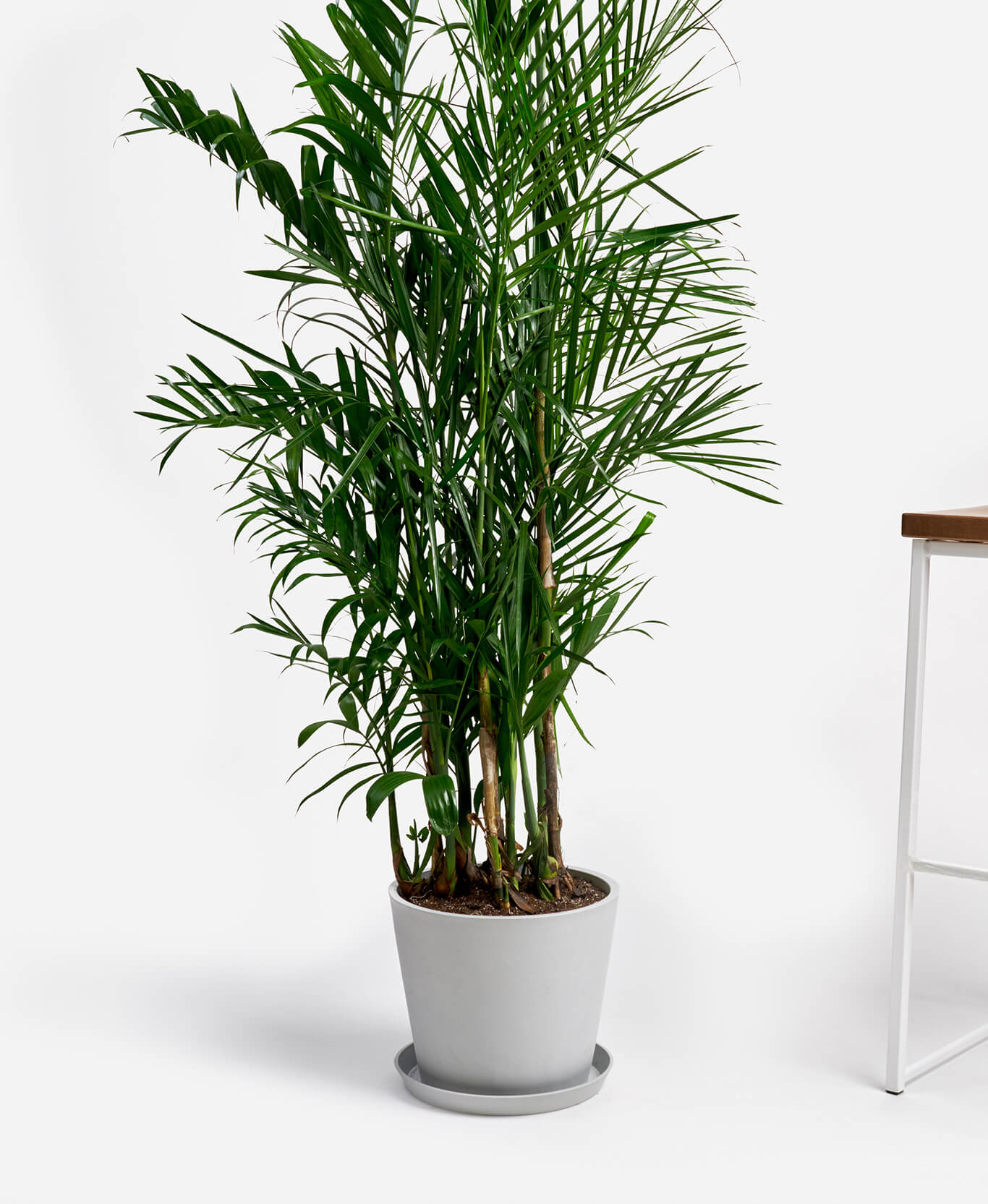 Bamboo palm (Chamaedorea seifrizii)
Bamboo palm (Chamaedorea seifrizii)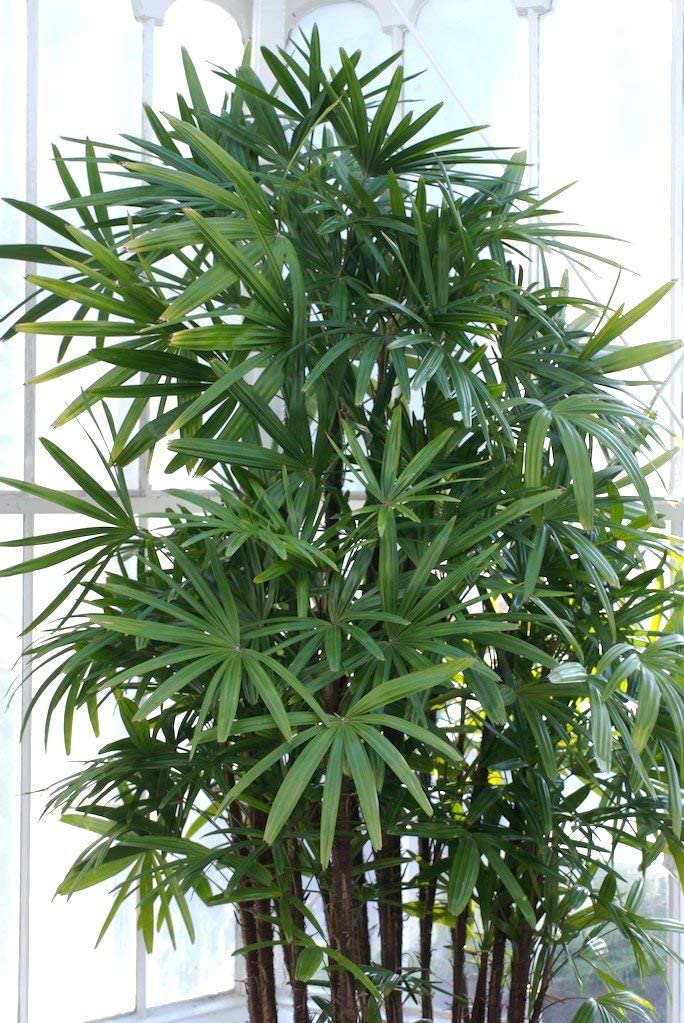 Lady palm (Rhapsis excelsa)
Lady palm (Rhapsis excelsa)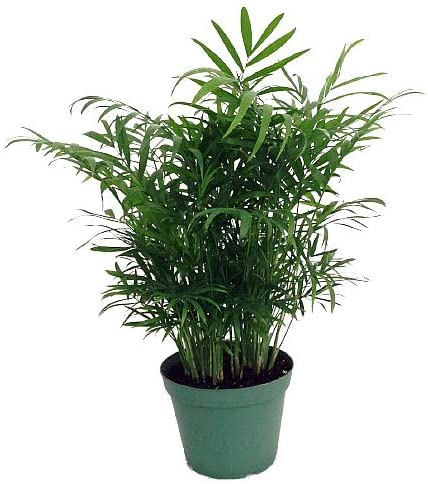 Parlour palm (Chamaedorea elegans)
Parlour palm (Chamaedorea elegans)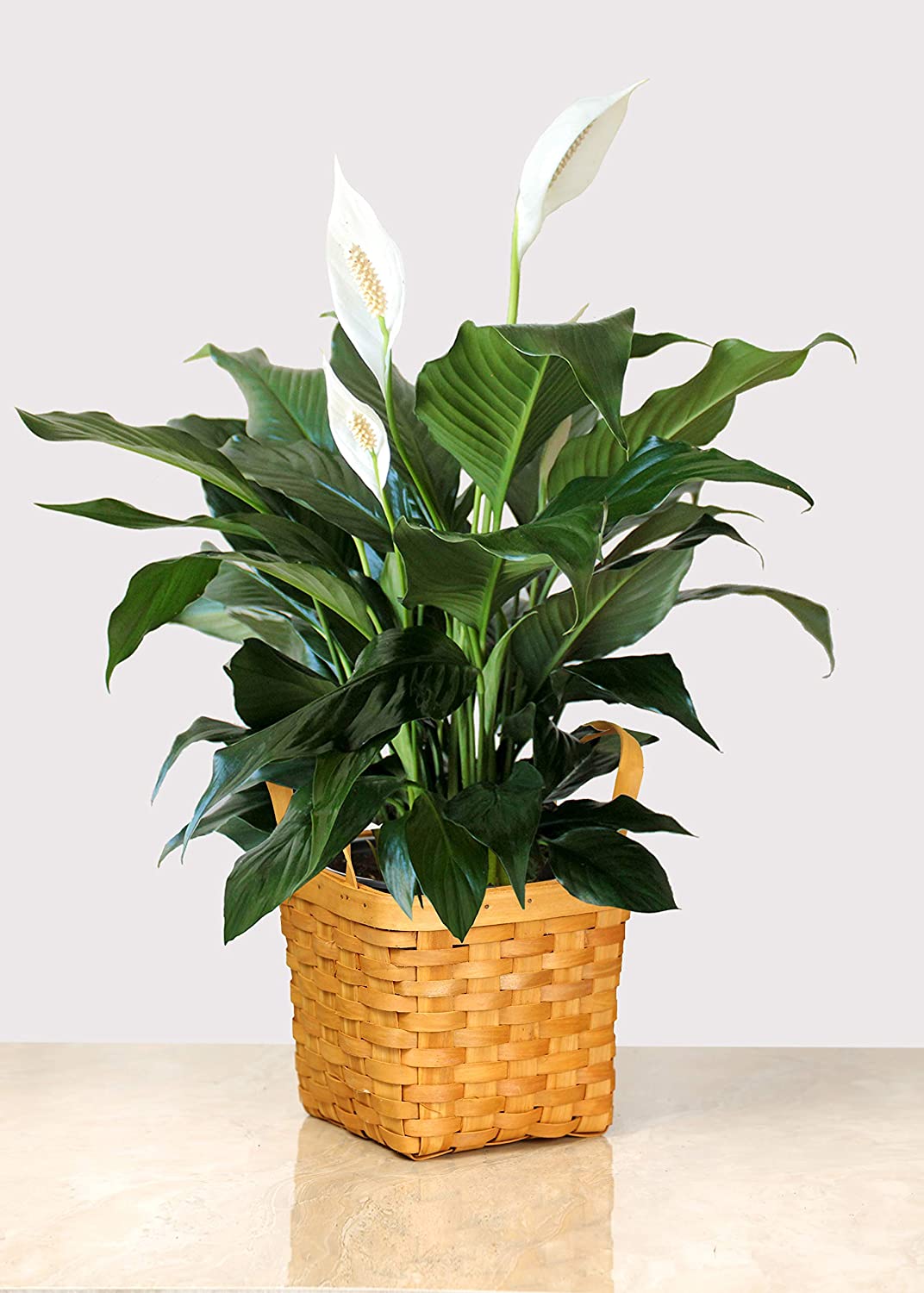 Peace lily (Spathyphyllum spp.)
Peace lily (Spathyphyllum spp.)- Florists chrysanthemum (Chrysanthemum morifolium)
A separate study in 2004 also showed that microorganisms living in the soil of these plants help to filter ambient air as well.
It is interesting to note that in feng shui, the Chinese art of placement and optimizing energy flow, houseplants are thought to represent or attract chi or the life force.
In fact in the Genesis (biblical reference), life is thought to have begun from plants, albeit ocean plants that later took to the land.
So the next time you pass by a nursery, let’s remember these silent heroes who add more days to our lives as well as life to our days! Have a lovely day!
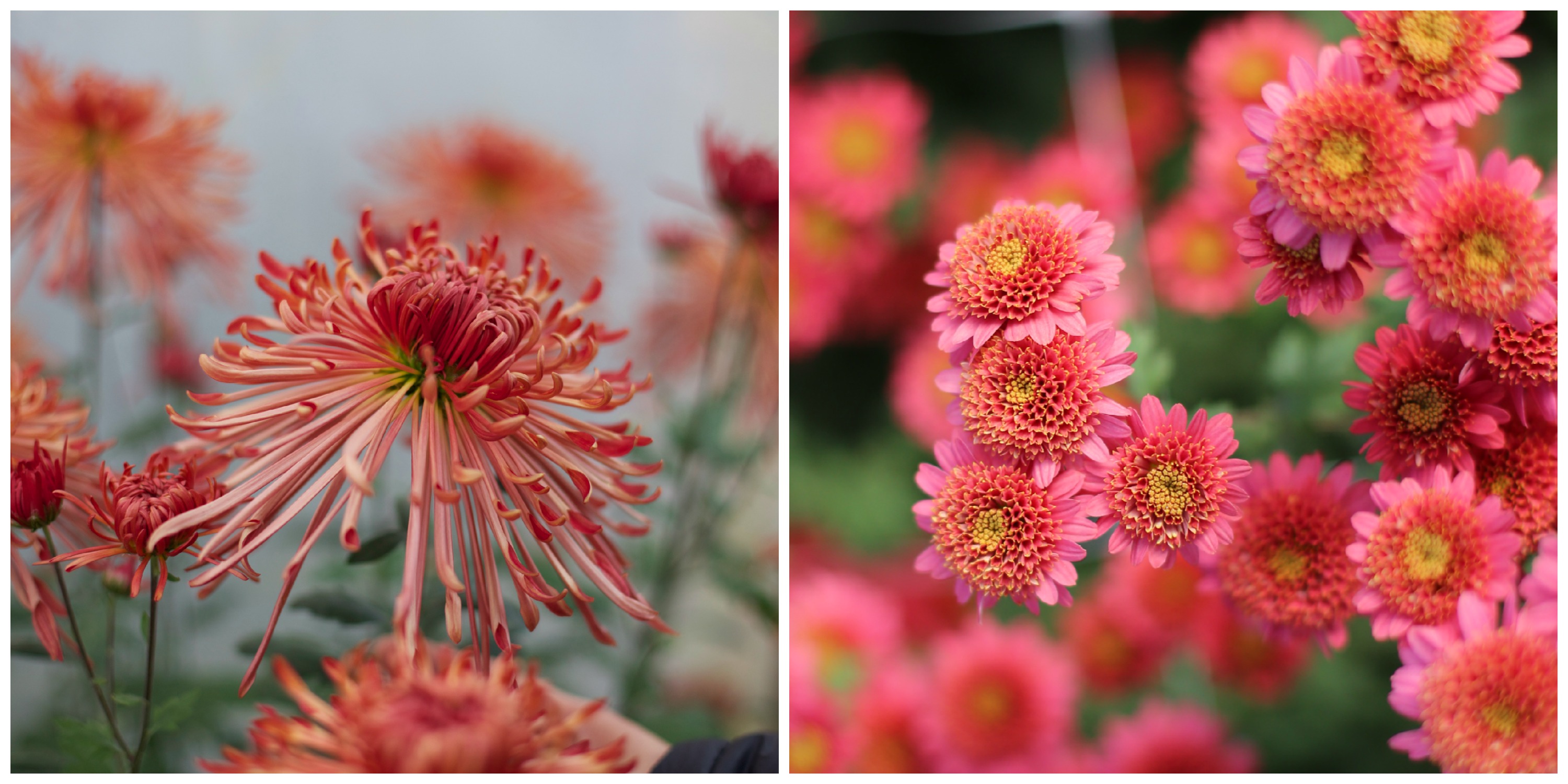

1 Comment